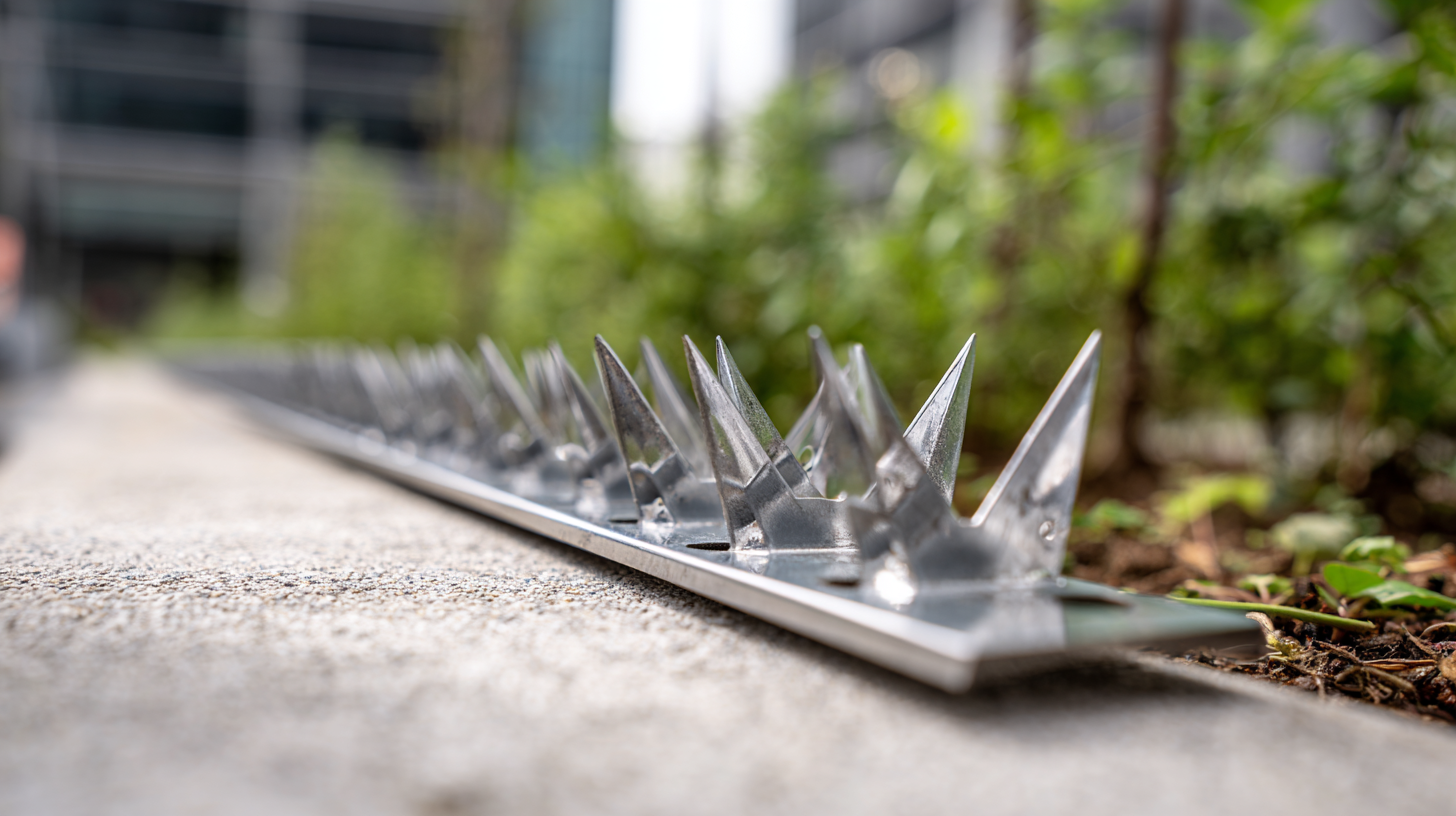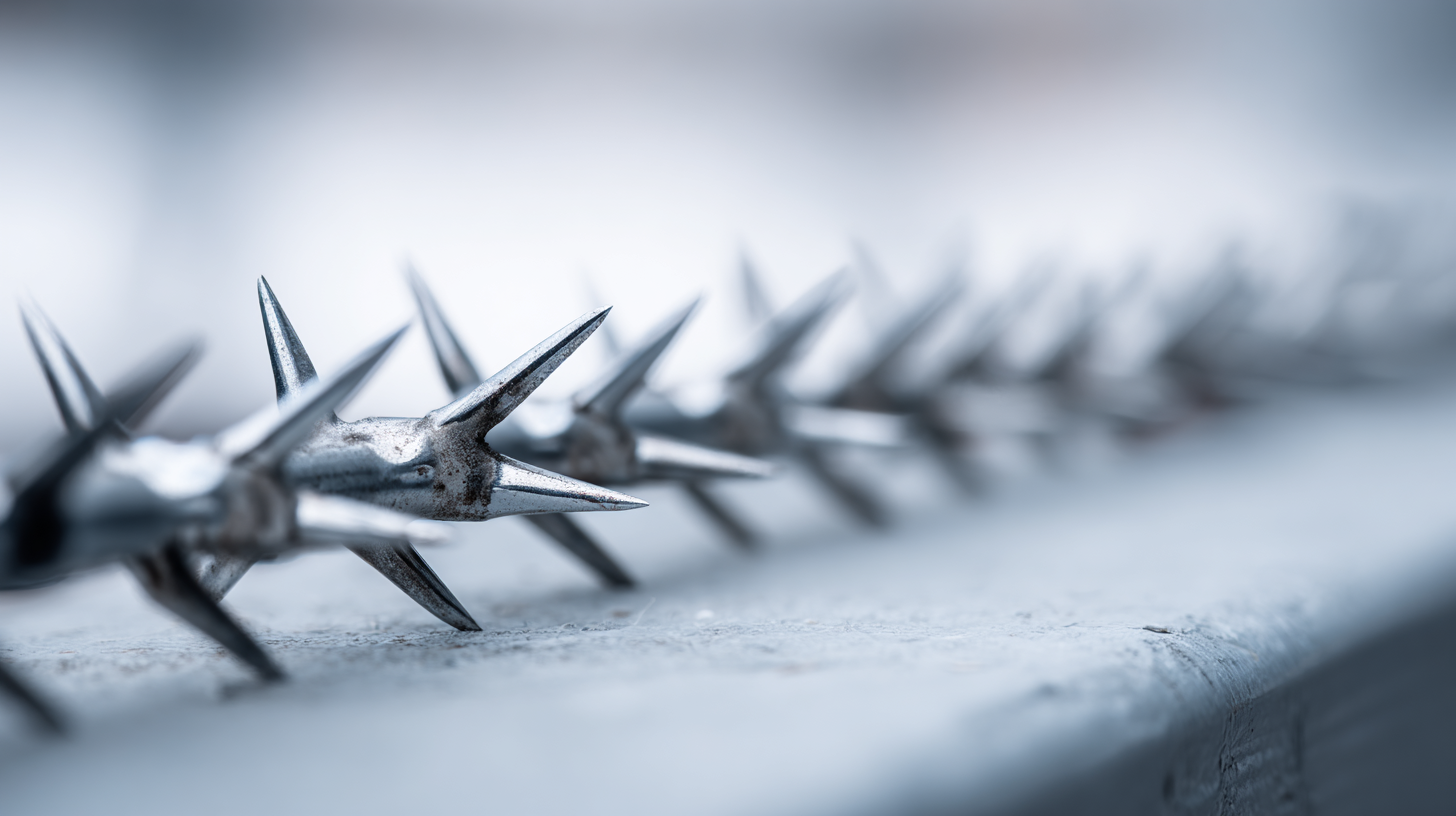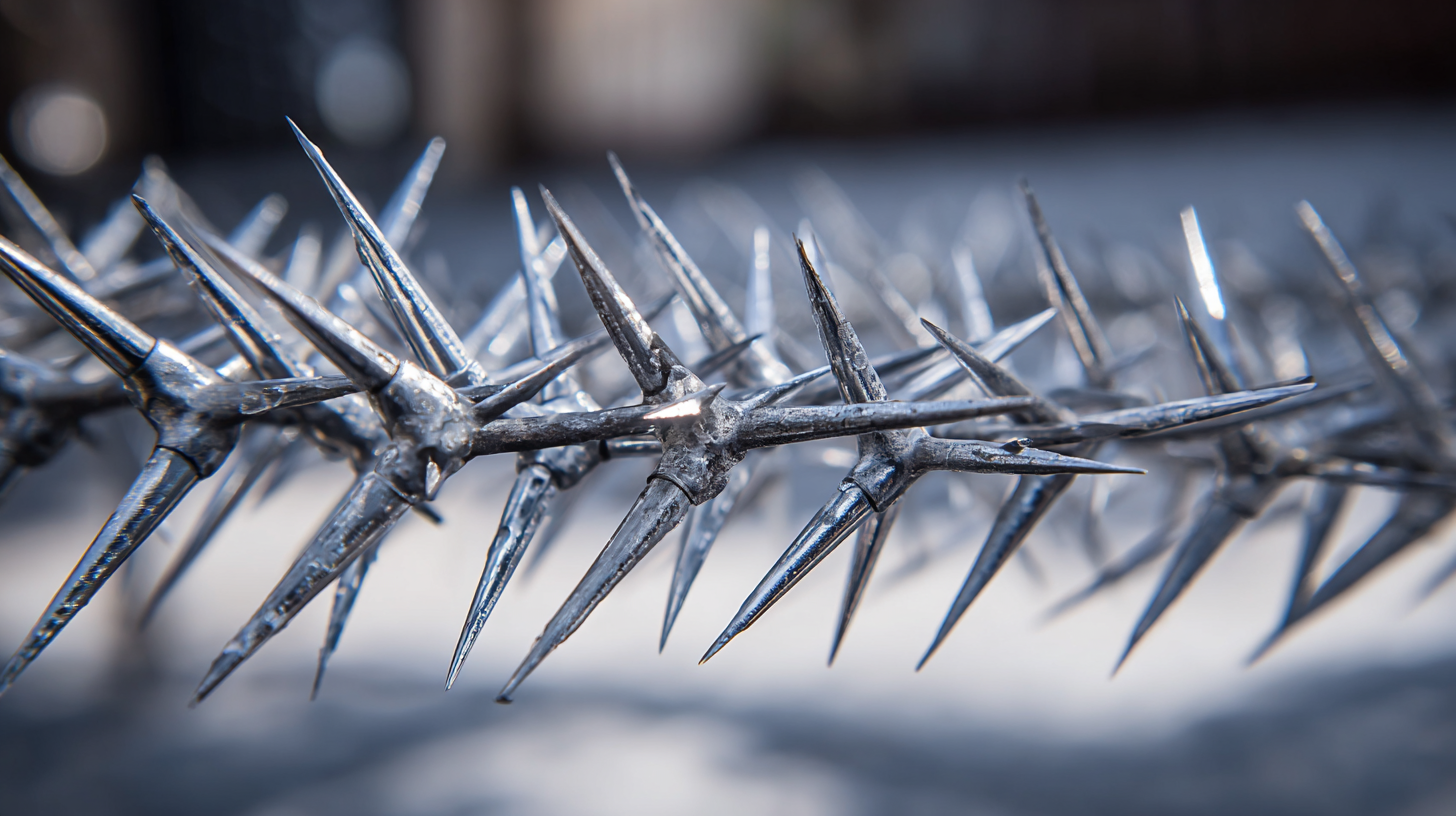
 Bird & Pigeon Pest Control
Bird & Pigeon Pest Control  Mice & Rat Pest Control
Mice & Rat Pest Control  Mole & Vole & Gopher Pest Control
Mole & Vole & Gopher Pest Control  Fly Insect Pest Control
Fly Insect Pest Control  Wasp & Bee Pest Control
Wasp & Bee Pest Control  Moth Pest Control
Moth Pest Control  Mosquito Pest Control
Mosquito Pest Control  Cockroach Pest Control
Cockroach Pest Control  Wildlife Pest Control
Wildlife Pest Control  Snake Pest Control
Snake Pest Control  Bed Bug & Flea Pest Control
Bed Bug & Flea Pest Control  Snail & Slug Pest Control
Snail & Slug Pest Control  Ant & Termites Pest Control
Ant & Termites Pest Control  Spider Pest Control
Spider Pest Control  Other Insect Pest Control
Other Insect Pest Control  Garden Products
Garden Products  Blog
Blog In urban environments, pest birds pose significant challenges, causing extensive property damage and health concerns. According to a report by the National Pest Management Association, pest birds account for billions of dollars in damages annually, with their droppings corroding buildings and transmitting diseases. As a result, effective control measures are crucial for safeguarding properties.

One of the most effective solutions is the use of Stainless Steel Bird Spikes, which not only deter birds but also blend seamlessly into various architectural designs. These spikes have proven to reduce bird roosting by up to 90%, making them an essential component for property owners and managers seeking to maintain a clean and safe environment. This guide will provide an in-depth exploration of choosing the best Stainless Steel Bird Spikes, helping you protect your space effectively while ensuring compliance with industry standards.
Urban spaces often face significant challenges posed by the presence of birds, which can lead to structural damage and health hazards. According to a report by the National Pest Management Association, urban bird populations contribute to over $2 billion in property damage annually. This highlights the critical need for effective control measures, such as bird spikes. These devices not only prevent birds from roosting in unwanted areas but also protect buildings from contamination and degradation due to bird droppings.
Moreover, a study conducted by the University of California found that bird spikes reduce roosting behaviors by as much as 90% in targeted areas. This significant deterrent effect underscores the importance of choosing high-quality stainless steel bird spikes for effective long-term solutions. Stainless steel, known for its durability and weather resistance, offers a sustainable option that can withstand harsh urban conditions while safeguarding infrastructure. As urban development continues to expand, the strategic implementation of bird spikes will be essential in maintaining clean and safe environments for inhabitants.
When it comes to protecting your property from the nuisances caused by birds, choosing the right stainless steel bird spikes is essential. Not all bird spikes are created equal; they vary significantly in effectiveness and durability. According to a report by the American Bird Conservancy, properly installed bird spikes can reduce bird landings by up to 90%, making them a crucial investment for property owners. Among the various types available, there are solid rod spikes, which are known for their durability, and flexible spikes that can adapt to uneven surfaces, providing versatility in application.
In a recent comparative study by the International Pest Management Association, stainless steel bird spikes were found to outperform plastic alternatives in both longevity and resistance to environmental factors. Stainless steel spikes can withstand harsh weather conditions, with a lifespan of over 10 years, whereas plastic spikes typically last only 1 to 3 years. The resilience of stainless steel ensures sustained protection against common pests like pigeons and seagulls, ultimately saving property owners time and money. Such data underscores the importance of considering material and design when selecting bird spikes to ensure long-term effectiveness in safeguarding your space.
When considering the installation of stainless steel bird spikes, it is essential to conduct a cost-benefit analysis. A study from the National Pest Management Association indicates that bird-related damage can cost property owners up to $1 billion annually in the United States alone. This staggering figure emphasizes the need for preventive measures like bird spikes, which effectively deter pest birds while safeguarding buildings from damage caused by droppings and nesting.

The initial investment in stainless steel bird spikes generally falls between $1.50 and $3.00 per linear foot. However, this upfront cost can be substantially outweighed by the benefits, including reduced maintenance costs and the prevention of structural damage. According to a report by the Bird Barrier, property owners can save an estimated 80% on cleanup and repair costs by installing bird spikes as a preventative measure. Additionally, the durability of stainless steel spikes, which can last upwards of 10 years, further enhances their value proposition as a long-term solution for property protection against birds.
When it comes to importing and exporting stainless steel bird spikes, understanding the intricate regulations is crucial for retailers. Different countries have varying standards regarding manufacturing materials, safety, and environmental impacts. Retailers must familiarize themselves with the specific import licenses and certifications required in their target markets, which can often be the most challenging aspect of international trade. Additionally, keeping abreast of any changes in trade policies or tariffs can significantly affect pricing and availability.
Moreover, compliance with local safety regulations is essential not only for successful importation but also for ensuring customer satisfaction. Retailers should proactively seek certifications that verify the product's ability to protect spaces effectively while complying with environmental regulations. This may involve demonstrating that the materials used are non-toxic and safe for both wildlife and humans. By prioritizing adherence to import and export regulations, retailers can build a solid reputation and foster consumer trust, ultimately leading to a more successful business model in the competitive market of stainless steel bird spikes.
When it comes to safeguarding your outdoor space from pesky birds, the proper installation of bird spikes is crucial. For maximum protection and longevity, start by selecting the right type of stainless steel spikes that suit your needs. Opt for spikes that are sturdy, corrosion-resistant, and designed for the specific type of birds you aim to deter.

Before installation, ensure that the surfaces where the spikes will be mounted are clean and dry. This helps the adhesive or mounting hardware to bond more effectively. A key tip is to install the spikes at an angle to create a larger barrier while allowing rain to wash away any debris that might accumulate. Regular maintenance checks can also help you ensure that the spikes remain effective and are not compromised by dirt or other environmental factors.
Lastly, follow the manufacturer's instructions for spacing and placement. Generally, spikes should be installed at least 3-5 inches apart to effectively deter birds from landing. Pay extra attention to areas where birds frequently perch, such as roof edges, balconies, and window ledges, to provide thorough coverage. By adhering to these expert tips, you can ensure that your bird spikes are installed correctly for maximum efficacy and durability.

